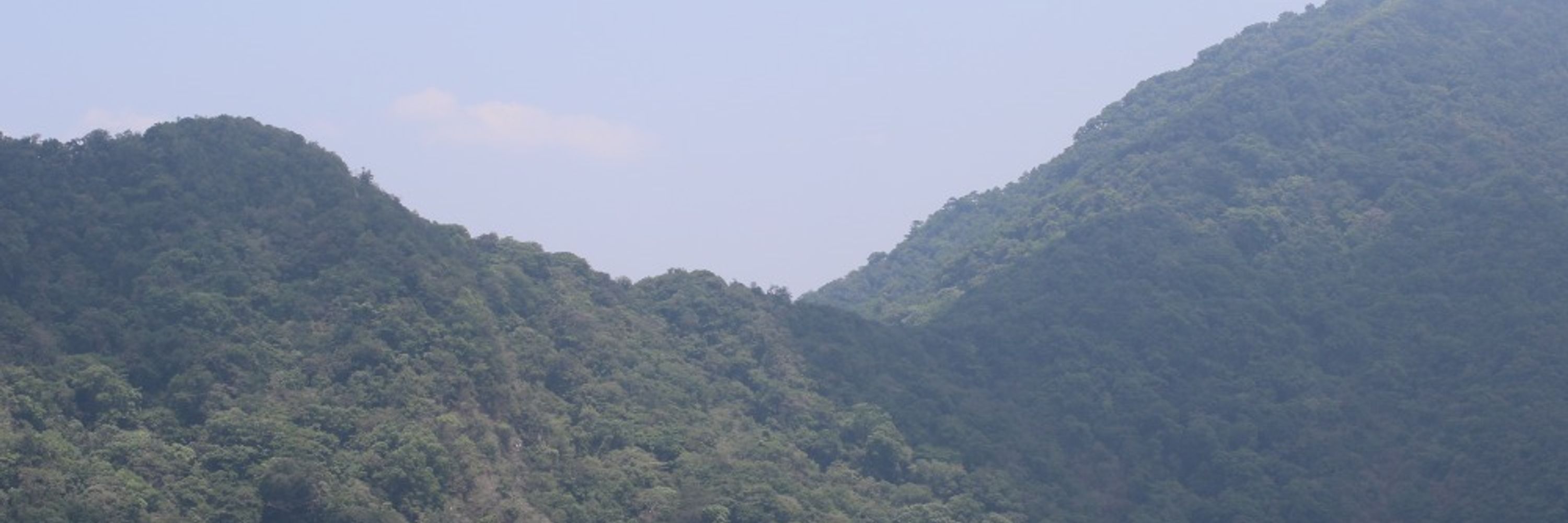Andrew Hipp
@andrewlhipp.bsky.social
3.6K followers
3.6K following
1K posts
Plant systematist, herbarium director, naturalist, in the Chicago suburbs; posts reflect my views, not my employer's.
Recent book: Oak Origins: From Acorns to Species & the Tree of Life
https://press.uchicago.edu/ucp/books/book/chicago/O/bo236998258.html
Posts
Media
Videos
Starter Packs
Reposted by Andrew Hipp
Reposted by Andrew Hipp
























